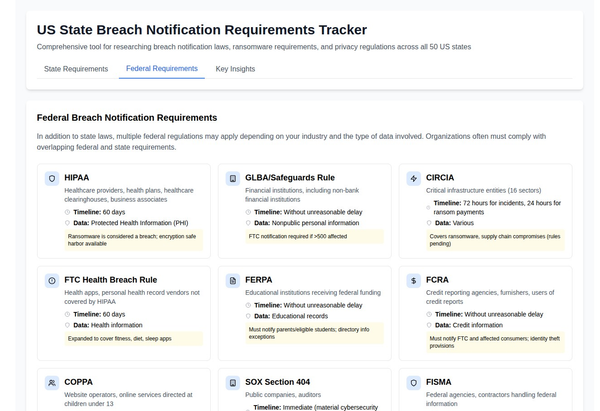Implementing CMMC Best Practices in Your Organization

Introduction:
The Cybersecurity Maturity Model Certification (CMMC) is a critical framework for companies in the Defense Industrial Base (DIB) aiming to work with the U.S. Department of Defense (DoD). It’s designed to protect sensitive Federal Contract Information (FCI) and Controlled Unclassified Information (CUI) from cyber threats. Implementing CMMC not only enhances cybersecurity but is often a prerequisite for DoD contracts.
The Cybersecurity Maturity Model Certification (CMMC) is a framework established by the United States Department of Defense (DoD). It aims to standardize and enhance cybersecurity practices across the Defense Industrial Base (DIB), which includes over 300,000 companies in the supply chain of the DoD. CMMC serves as a unifying standard for implementing cybersecurity across this vast network.
CMMC comprises five maturity levels, ranging from basic cyber hygiene practices at Level 1 to advanced/progressive practices at Level 5. Each level reflects the maturity and reliability of a company's cybersecurity infrastructure, ensuring that sensitive data, particularly Federal Contract Information (FCI) and Controlled Unclassified Information (CUI), are protected against cyber threats.
Organizations seeking to work with the DoD are required to be assessed and certified at an appropriate CMMC level, depending on the sensitivity of the information they handle. This certification process is integral to the DoD’s strategy to protect its supply chain from evolving cyber threats.
Understanding CMMC Levels:
CMMC consists of five maturity levels, each reflecting the sophistication of cybersecurity practices:
- Basic Cyber Hygiene - Level 1 emphasizes fundamental practices like regular software updates and antivirus protection.
- Intermediate Cyber Hygiene - Level 2 serves as a transition phase, introducing documentation of policies and practices.
- Good Cyber Hygiene - Level 3 focuses on protecting CUI and requires a comprehensive management plan for cybersecurity.
- Proactive - Level 4 introduces more complex practices to detect and respond to advanced threats.
- Advanced/Progressive - Level 5 is for organizations at the highest risk, requiring sophisticated cybersecurity measures.
Determining Your Organization’s CMMC Level:
- Assess Your Data: Review the type of information handled by your organization. If you deal with FCI or CUI, CMMC is necessary.
- Contract Requirements: Check DoD contract requirements. Specific CMMC levels are often mandated in contracts.
Best Practices for Implementation:
- Gap Analysis: Conduct an assessment to identify gaps between your current cybersecurity practices and CMMC requirements.
- Policy Development: Develop and document policies and procedures in line with the CMMC level you’re targeting.
- Employee Training: Implement comprehensive training programs for employees, emphasizing the importance of cybersecurity.
- Regular Audits and Monitoring: Establish continuous monitoring and regular audits to ensure compliance and identify areas for improvement.
- Incident Response Plan: Develop a robust incident response plan to quickly address any cybersecurity breaches.
- Partner with a CMMC Registered Provider Organization (RPO): Engage with an RPO for expert guidance on achieving compliance.
Conclusion:
Implementing CMMC is not just about compliance but ensuring the security and integrity of your organization’s and the nation's critical information. It requires a strategic approach, continuous improvement, and a commitment to cybersecurity excellence. By following these best practices, organizations can effectively prepare for CMMC certification, thus opening doors to DoD contracts and contributing to national security.





